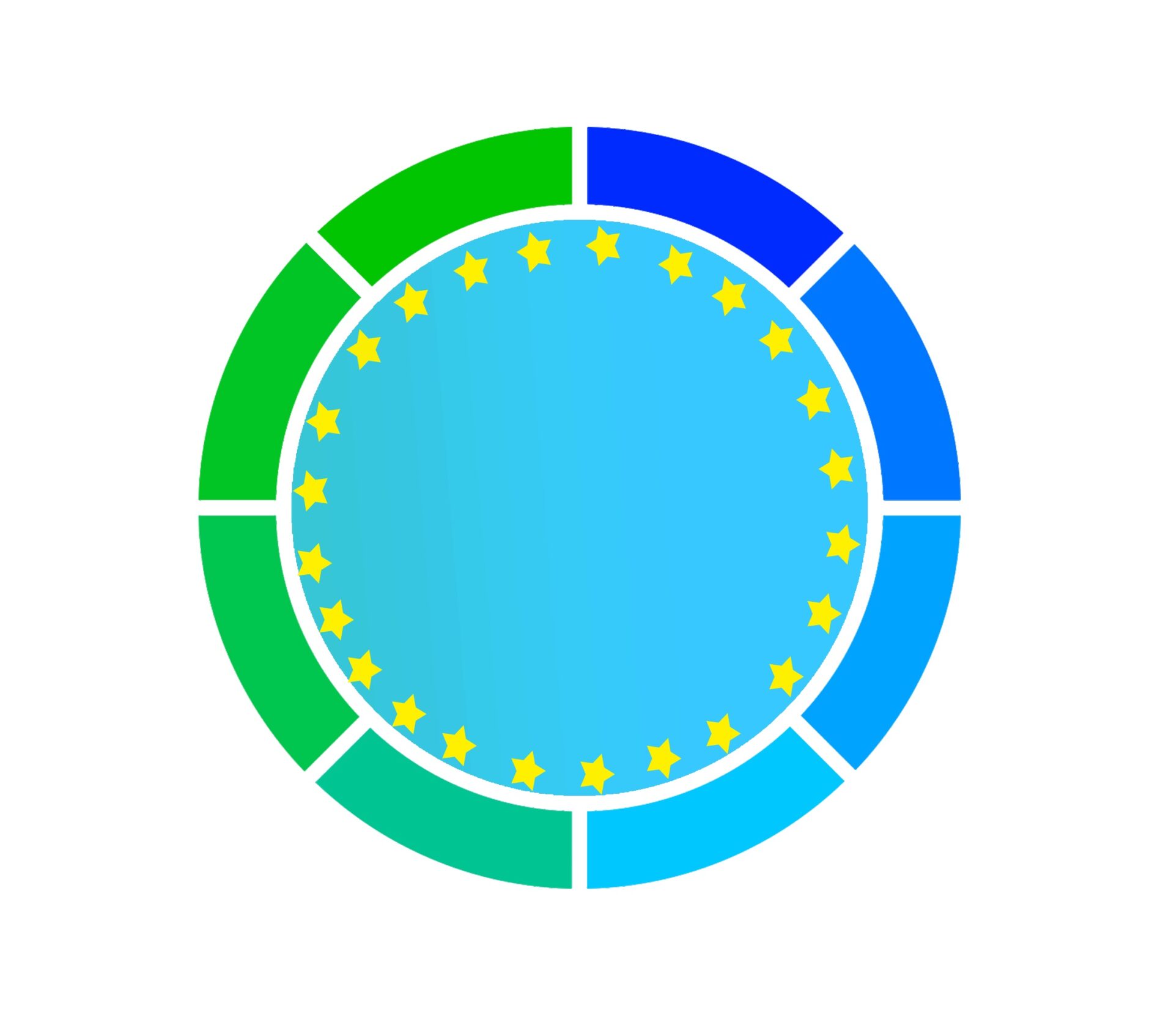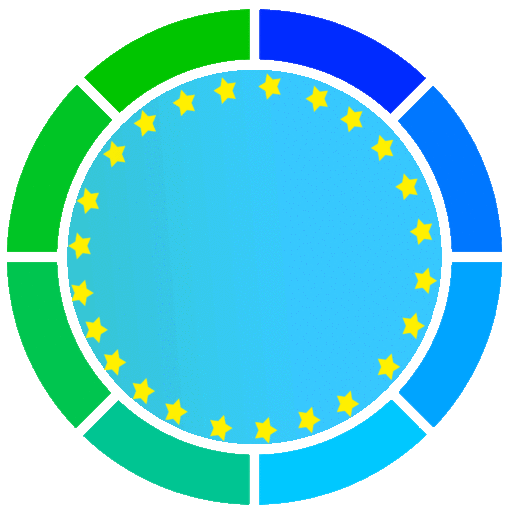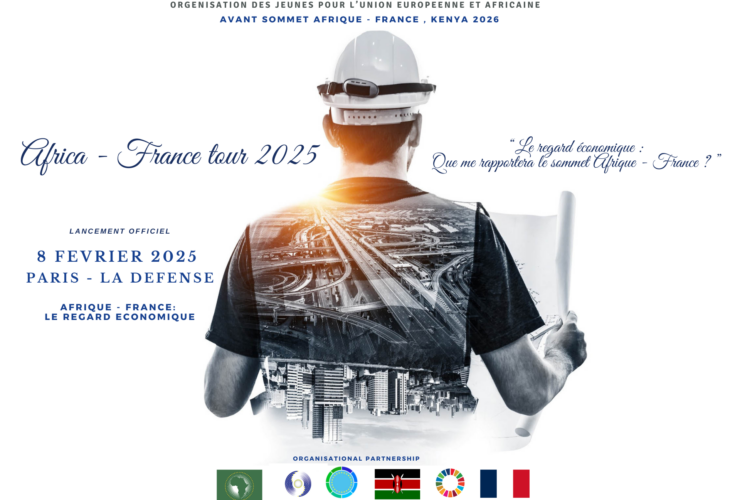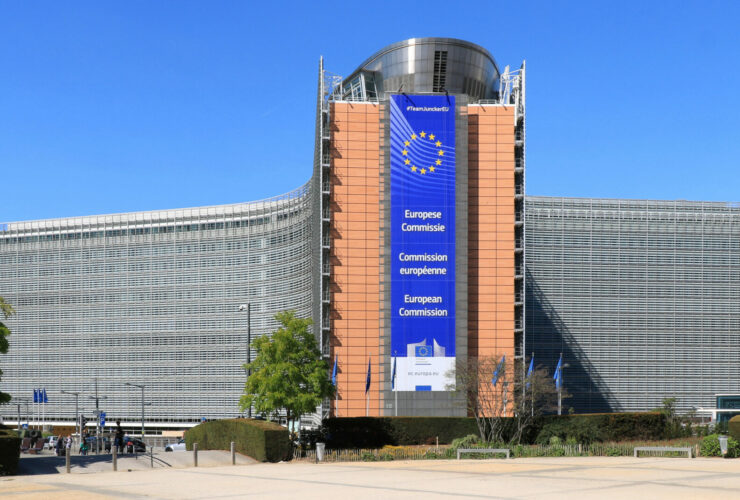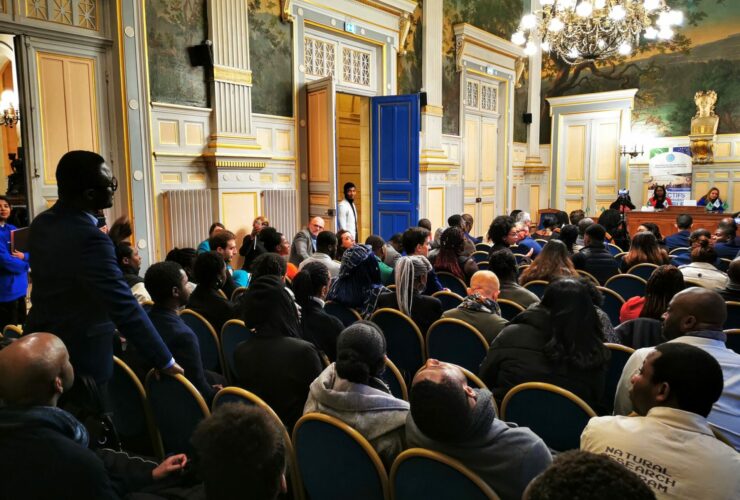The YOUTH EU AU’s observations and recommendations on the call for evidence to give guidance on distributional impact assessments (DIAs) of investments and reforms on the income of different groups.
Ways in which the European Commission could improve the use of ex-ante DIA for the Member States.
→ The creation of a harmonization platform The Youth Organization for the European and African Union states that there is a need to apply specific DIAs according to the different contexts but there is an equal need to promote similar use of DIA on a European scale. We should do so to harmonize data and get significant statistics. It is crucial to identify the best practices and to map out the use of DIA in the different Member States. This would make possible a thorough study of different distributional impact assessment techniques which could then be proposed to all Member States. An inclusive platform accessible by all the Member States is essential. Not only to share and implement different methods but also to create a qualified network of professionals and stakeholders that can strengthen the use of DIA.
→ The implementation of a scientific committee to ensure further moderation The promotion of evidence-based policy implementation should be an integral part of the policymaking process. It is important to underline that Member States must have further expertise on exante DIA on top of what EUROMOD has to offer. To do so by honoring the sustainable development goals, the YOUTH EU AU affirms that it is possible to expand and share good practices to reduce inequality throughout the UE by establishing a scientific committee. This committee would bring together researchers and deciders who would be in charge of reviewing, supplying templates, sharing good practices, and hosting workshops. The systematic use of ex-ante DIA is a need for good governance and as stated in the call for evidence, it can be done through regular reviews and mutual learning events. Hence, there is a need for the development of committees composed of the different Member States and qualified professionals in the DIAs. Promoting the increase of ex-ante DIA for the Member States.
→ Give each Member States the means to innovate in the sector of ex-ante DIAs Ex-ante DIA is a fairly new and extremely complex process before which all the Member States are not equal. The scientific committee as described previously would guarantee an equitable situation between the Member States regarding DIAs. This would give each member different methods, and knowledge in addition to facilitating its systematic use. Such measures would incite countries by giving them the means to accomplish quantitatively and qualitatively meaningful DIAs.
→ Encourage each Member States to take part in the creation of quality data that would benefit all Furthermore, it is crucial to develop a strong culture of impact assessments (IAs) because the credibility of projects relies partly on effective IA. It is important to ensure that both ex-post and exante DIAs are used effectively. Ex-post DIA sets a strong foundation for a potential ex-ante DIA of another similar project. The YOUTH EU AU calls on each Member State to contribute to the enrichment of data so that effective innovation can occur at all the different scales from the local to the European. Investing in research and development through universities.
→ Gather quantitatively and qualitatively balanced and reliable information
Through the scientific committee listed above, it is important to promote the use of different DIA
methods specific to the different regions and the local communities when tackling inequalities. This
committee could not only suggest models but also refine existing ones for them to be timely and
accessible. Quantitatively and qualitatively balanced and reliable information is systematically needed.
Thus, the importance of forming the youth and investing in external establishments such as universities.
→ Creation of an academic partnership engraved in a learning network
In the same way, according to the Youth Organization for the European and African Union, it is
crucial to have qualified professionals which is why universities should be involved in the research for
better DIA models. This initiative would train many students and give them multiple opportunities,
especially in the Covid-19 context. This can improve and create better DIA methods, incite the
Member States to come together through academic partnerships as well as ease communication with
the decision-makers. Thus, this initiative is engraved in the creation of a learning network. The presentation and the communication of the DIAs.
→ Communicate with different stakeholders such as the civil society and the youth
To communicate, everyone must have access to valuable information so there is a need to give
comprehensible feedback to the different parties. Information should be easily accessible to everyone
including youth. This is inscribed in an initiative to give voice to local people and to propose different
projects instead of imposing them. It is highly important to notice that youth and children are often
underrepresented so there is an urgent need for stakeholders to represent them and their divergent
and convergent ideas.
→ Adopt bottom-up models on ex-ante DIAs with the help of NGOs and independent organizations
Results and improvement measures must be shared with the civil society in the form of a
summary. It is essential to create community-oriented devices for the different groups to be able to
voice their opinions. However, to do so, the content must be appropriate, summarized, and
comprehensive for society. This can take place through the establishment of centers designed to
contribute to ex-ante DIAs from the bottom (citizens) to the top (European and/ or national institutions)
through NGOs and independent organizations. We call on the European Commission to acknowledge
the central rôle the organizations play in the DIAs as they are the closest entity to civil society. Thus, they should be fully included in the initiative for the scientific committee mentioned above to give expertise and carry out the voices of the different groups on a day to day basis. This will foster problem-solving skills and emphasize a strong evidence-based policy culture.
Ultimately, four major areas of improvement including recommendations were highlighted by the YOUTH EU AU:
● Ways in which the European Commission could improve the use of ex-ante DIA for the Member States with the creation of a harmonization platform and the implementation of a scientific committee to further ensure moderation.
● Promoting the increase of ex-ante DIA for the Member States by giving each Member State the means to innovate in the sector and encourage them to take part in the creation of quality data.
● Investing in research and development through universities by gathering quantitatively and qualitatively balanced and reliable information as well as creating an academic partnership engraved in a learning network.
● The presentation and the communication of the DIAs by exchanging with different stakeholders such as citizens including the youth and adopting bottom-up models with the help of NGOs and independent organizations to make the civil society participate in the decision making.
Ms Selani HETTI , Director of Cultural and Social Actions at YOUTH EU-AU
